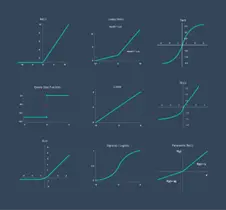Neural networks are the best choice for today’s big data-based systems because of their ability to replicate human behaviors and work on various issues. When no accurate models are available, NNs may use controlled methods because of their capacity to understand ambiguous, contradictory, or incomplete data (fuzzy logic). Global data volumes are estimated to have exceeded 100,000 petabytes (one million gigabytes) monthly in 2017 and will likely surpass 181 zettabytes (181 trillion gigabytes) by 2025, according to Statista. Businesses, individuals, and devices produce massive amounts of data. For example, neural networks may extract meaning from this data (NN).
1. Adaptive Education
Like humans, neural networks depict complex, non-linear interactions while building on prior knowledge. Software, for instance, takes advantage of adaptive learning to teach arithmetic and language arts to kids.
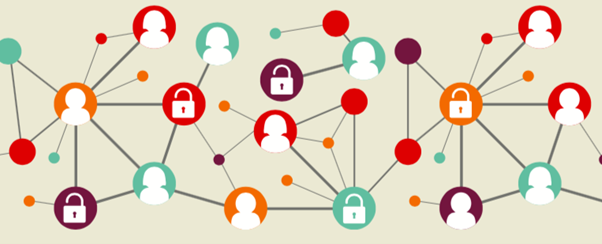
2. Self-Management
Neural networks are perfect for handling the challenging visual problems posed by medical imaging due to their capacity to identify and group enormous amounts of data. Humans frequently struggle to understand these images, but neural networks can automatically learn to organize the various bodily components.

3. Identification Of Patterns
To successfully identify faces, neural networks must learn to recognize patterns in the features and expressions of the faces. They are ideal for applications like security systems that need to examine real-time video because of this talent.

4. Real-Time Functionality
Real-time responses from neural networks are occasionally possible, as demonstrated by self-driving automobiles and drone navigation.
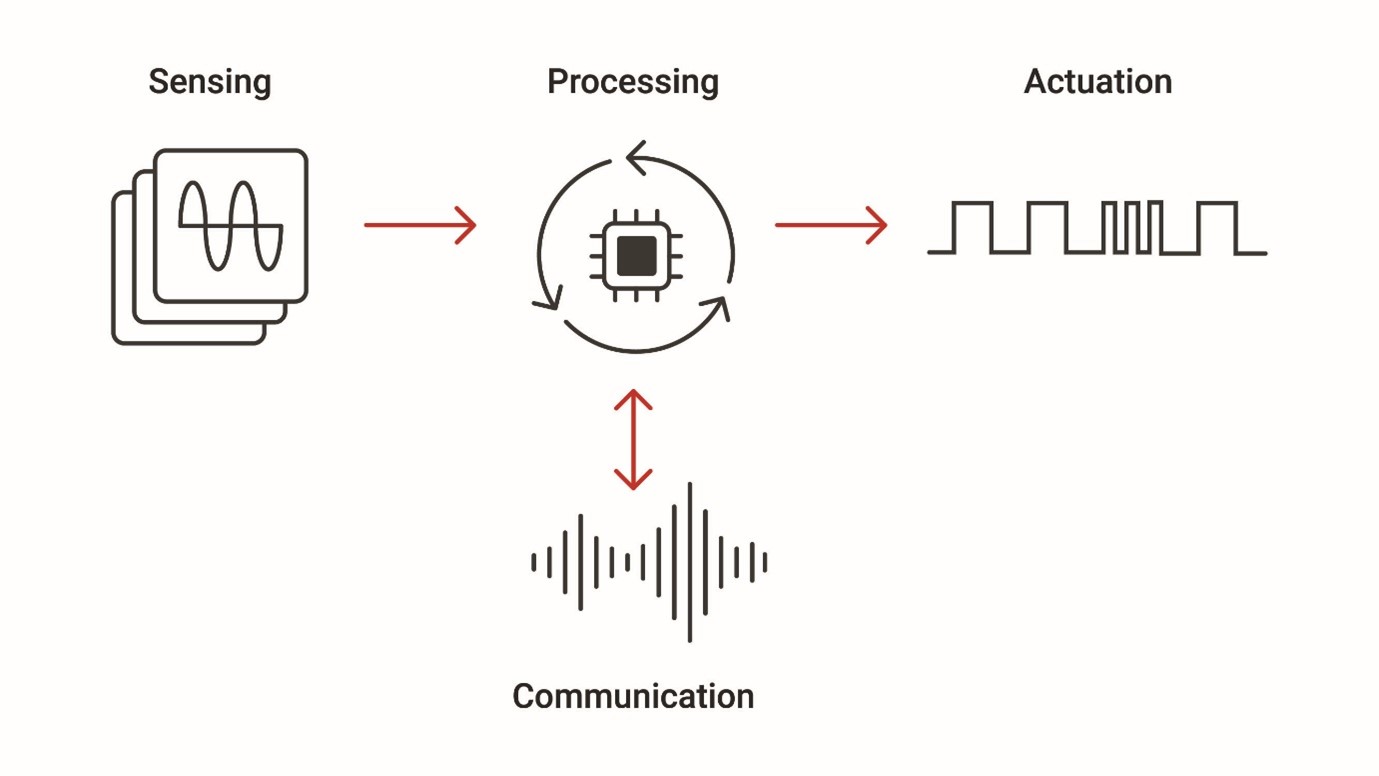
5. Big Data Examination
When studying enormous datasets, neural networks can be a great help. Neural network methods can help to identify meaningful patterns and interactions between variables that may not be readily apparent when using other data-analysis tools.
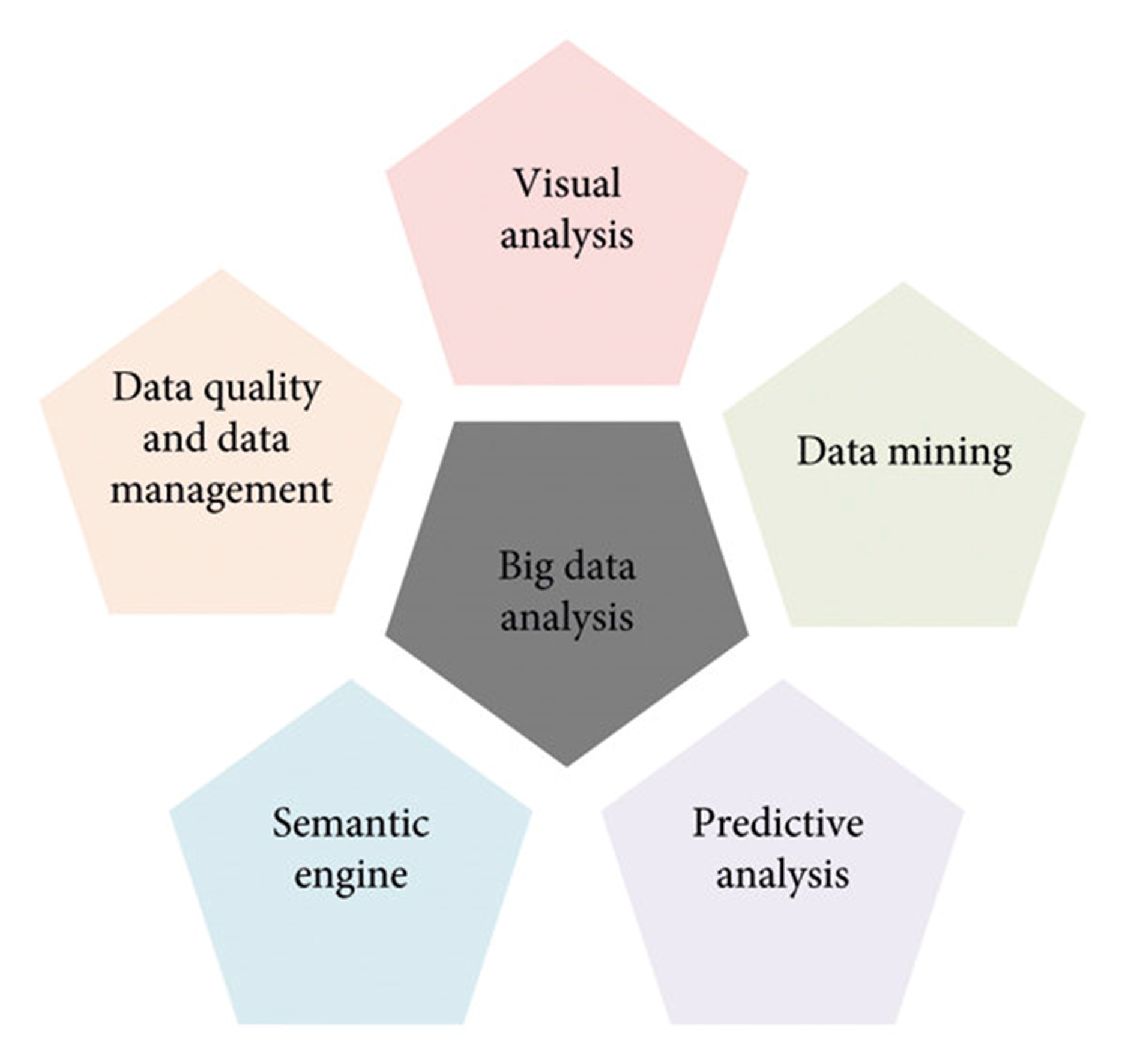
6. Prediction
The use of a wide variety of business models, including weather and traffic forecasts, is made possible by the prediction capabilities of NNs based on models.
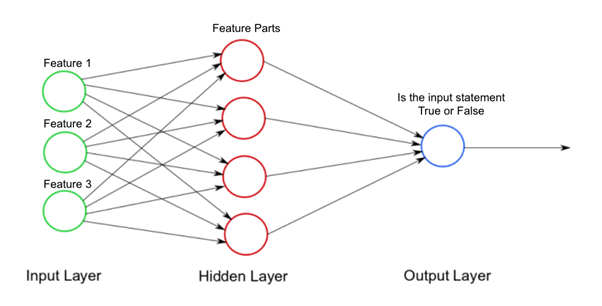
7. Tolerance For Error
Due to their fault tolerance, neural networks can keep operating even if one or more nodes fail. If sizable chunks of a network are lost or absent, neural networks can fill in the gaps. They can be used for mission-critical systems operating without interruption around-the-clock, such as in space exploration, when electronic equipment failure is nearly inevitable.
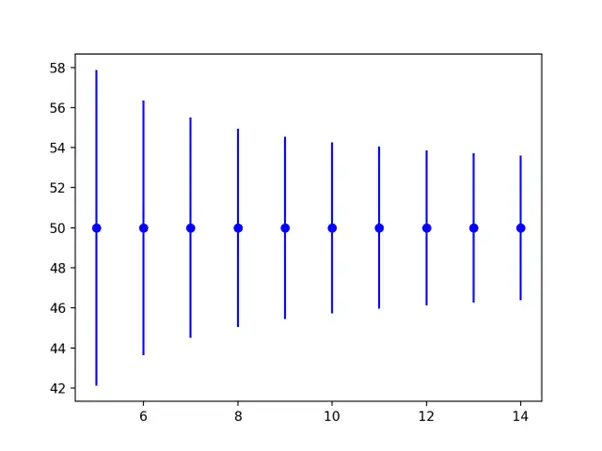
8. Sales & Retail
In addition to the business use of ANN mentioned above, retail and sales are finding these systems and algorithms to be of utmost benefit. Retail and sales-driven businesses can engage in the following activities by deploying ANNs: Demand forecasting: This forecasting identifies when customers will need a good or service and how to guarantee constant product availability and prompt deliveries, among other things. Forecasting for sales helps to determine when and what a customer is most likely to purchase. As a result, businesses can better recognize and comprehend the elements that boost retail sales and forecast future sales figures. Retailers’ required inventory levels can be determined via an ANN-powered system.

9. Security
Using neural networks to detect DDoS attacks is one example of how they are used in company security. Using neural networks, Distributed Denial of Service (DDoS) assaults may be recognized. The system can keep an eye out for patterns, such as several requests from the same IP address or numerous requests from different IP addresses all at once. Another is Symantec’s ICSP Neural, which guards against online attacks by spotting and taking advantage of infections and zero-day vulnerabilities on USB devices.

10. Logistics
In logistics, neural networks assist with everything from shipping to packaging. Among logistics, applications are: You can utilize neural networks to help educate packaging. To find production-line flaws, neural networks are deployed. In dispatching, neural networks are being utilized to assist with the packaging of goods for transportation. To balance out an assembly line, neural networks assign employees jobs depending on their skill sets. Wise Systems is an illustration of how neural networks are used in logistics. This autonomous system enables users to create custom real-time shipping routes using predictive functionalities and plan and monitor routes.
